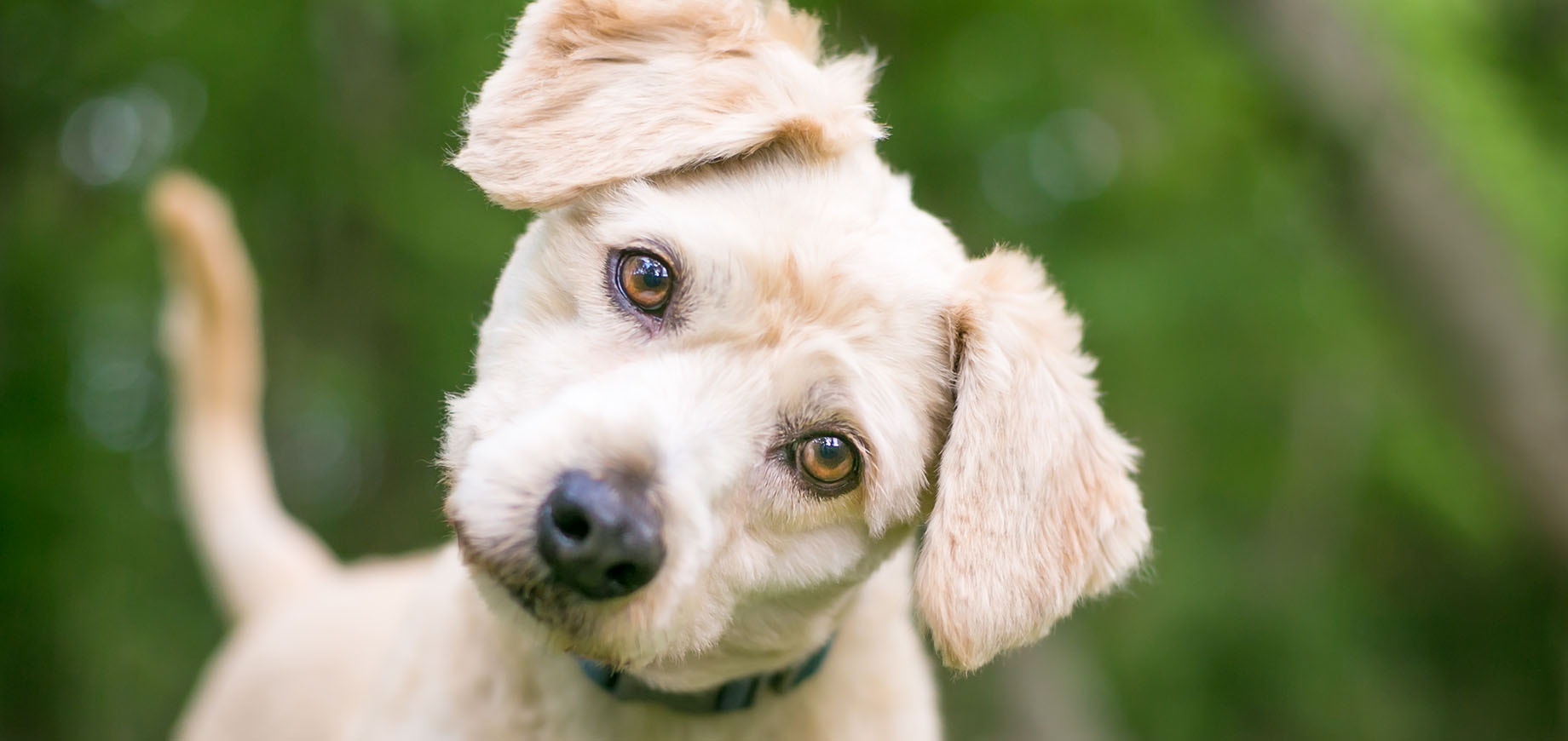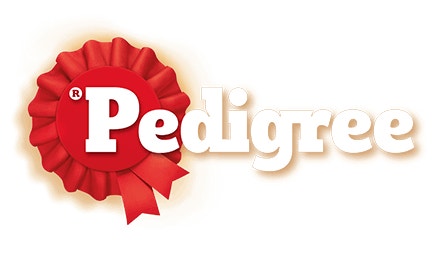

One of the first things on the to-do list for new dog owners is learning how to toilet train a puppy. There are so many things to learn when you first get a dog, with puppy toilet training key to keeping your home clean and helping teach your new puppy what's expected when it comes to toileting.
Bringing home a new dog is very exciting, but that’s when responsibility kicks in. As well as all the fun you will have with your puppy, you will have to train them in certain ways. House training a puppy has many benefits for both your pet and you. It helps set boundaries for your pet at home, forge a bond between you and your dog, reduce their stress, build confidence and, of course, limit unwanted messy accidents.
It's not uncommon for new dog owners to feel apprehensive about toilet training, but we’ve got lots of puppy toilet training tips for you today.
There are some key puppy toilet training essentials all new dog owners need to know. When it comes to toilet training puppies, you need to think about where you want your dog to “do their business.” Start by designating an area where your puppy can go to the toilet. This will depend on various factors, such as whether you have a garden or not. You should also consider the toileting area’s surface, as many dogs have a preference on what terrain they prefer when going to the toilet. For instance, many dogs prefer cement, grass, and paper, but others may need puppy pads. Overtime, however, they can be retrained if needed.
Here are some essential considerations on how to house train a puppy:
Toilet training requires patience and time. Below are some key things to keep in mind to help you on your journey when house training your puppy.
You need to be eagle-eyed during the first week or so of toilet training a dog, ensuring they do not start toileting indoors or other out of bound areas. If you can’t supervise at all times, try and keep them contained safely and comfortably, such as in a dog crate.
Try and schedule very regular potty breaks for your dog to reduce the chances of any unwanted accidents.
Create a consistent toilet routine by taking them to the exact same spot every time. This consistency is something dogs enjoy, calming their stress levels when going to the toilet.
Each time your puppy goes to the toilet in the right place, reward them with praise, such as patting and stroking, as well as vocal praise like “good dog!” You can also give them healthy, tasty treats to reinforce their good behaviour.
If your dog fails to use the toilet in the right place, do not scold or punish them, as this can frighten them into going to the toilet at all. Be positive and patient with your toilet training pup to build a bond between both of you.
If your dog starts to do their business in the wrong spot during the early stages of house training, quickly and calmly step in to interrupt them. This helps them understand that they can not toilet in that specific spot.
Any training regime requires consistency, particularly when it comes to toilet training a puppy. A routine helps them feel comfortable in their environment when going to the toilet and reinforces where they can and can’t go. Let’s explore some puppy toilet training tips to make life easier for you and your dog.
You should take your dog outside regularly throughout the day, but particularly at key moments they may wish to eliminate, such as when they wake up, whether in the form of a long walk or just in the garden. This can be the first thing in the morning or after a well-deserved daytime nap. We recommend taking them to the toilet after they have eaten or drunk and after a play session where they have been particularly active. Finally, at the end of the day, you should take your puppy outside for toilet time before they go to bed.
There will also be signs that your dog needs to go to the toilet. Whilst all dogs are different, you need to spot these signs to ensure your dog remains comfortable and learns when to go outside. Some common signs include:
When your puppy starts to use the toilet, use verbal cues like “toilet” or “go potty” to help them associate the right toilet behaviour. Use these verbal cues consistently, so your dog learns what to expect, and give them praise once they have been by saying “yes” or 'good job”.
Remember that puppies will not get it right straight away. That is why persistence is key! You may feel like you’re getting nowhere with them, but be patient and keep training your dog. They will understand eventually. Feel free to contact your veterinarian or a dog trainer for further advice if needed.
Come back to these puppy toilet training tips if you feel like you’re stuck on the training journey!
Learning how to toilet train a puppy comes with some inevitable accidents, but our steps should keep such mishaps to a minimum. Nonetheless, if your puppy has an accident, there are some dos and don'ts to keep in mind. Firstly, never punish or scold them, as mentioned above. This will only cause your dog stress and create a stigma around toilet time. Instead, ‘keep calm and clean on’ with no fuss!
To clean up, we recommend making a 1:9 dilution of biological washing powder with water or using an enzymatic cleaner. Do not use any household disinfectants, as these tend to contain ammonia, which may attract your dog to the same spot for toilet time in the future. Finish by simply rinsing the spot with water afterwards.
It is best to supervise your puppy during the early stages of toilet training but keeping a close eye on your puppy 24/7 is not realistically possible for everyone. The good news is that there are ways to toilet train your puppy when they are by themselves. If you have to go out, you should leave the puppy in an area where they feel most comfortable to prevent stress. You can use a suitably sized crate, large enough for them to stand, move around, and lie down comfortably. Just make sure they have a chance to move around and go to the toilet before you head out to limit the chance of any accidents.
You should place paper down for your puppy to toilet on - just make sure this is not close to their bed. This will be easier to clean up if they soil the area. Overnight, puppies up to several months old will find it very hard to control their bladders, so expect something to clean up in the mornings. Again, lay down paper for their toilet time throughout the night and let them outside straight away in the morning.
You came here to find out how to toilet train a puppy, and now you know! Yes, it takes time, perseverance, and consistency, but by following the steps above, your dog will soon understand where they can and can’t go to the toilet. Find out how much exercise puppies need to further understand your puppy’s needs.
How long it takes to toilet train a puppy can vary from dog to dog. That being said, when done correctly, toilet training for puppies can be completed within one or two months. Some dogs will take longer so, as a pet owner, it’s important to stay patient and stick with a consistent training routine until your dog masters toileting.
The age a puppy should be toilet trained is typically around 8 to 9 weeks old, though this can stretch to 12 weeks for some breeds. Ultimately, you should start house training your puppy as soon as they come home, as they tend to have very small bladders so are unable to “keep it in” for long periods.
The 10-10-10 rule for puppies refers to a schedule to help dogs master toilet training with a set routine. Its structure involves 10 minutes outside for your puppy to run around, whilst staying 10 feet away from their toileting area, and finishing off with 10 minutes of supervision afterwards.

